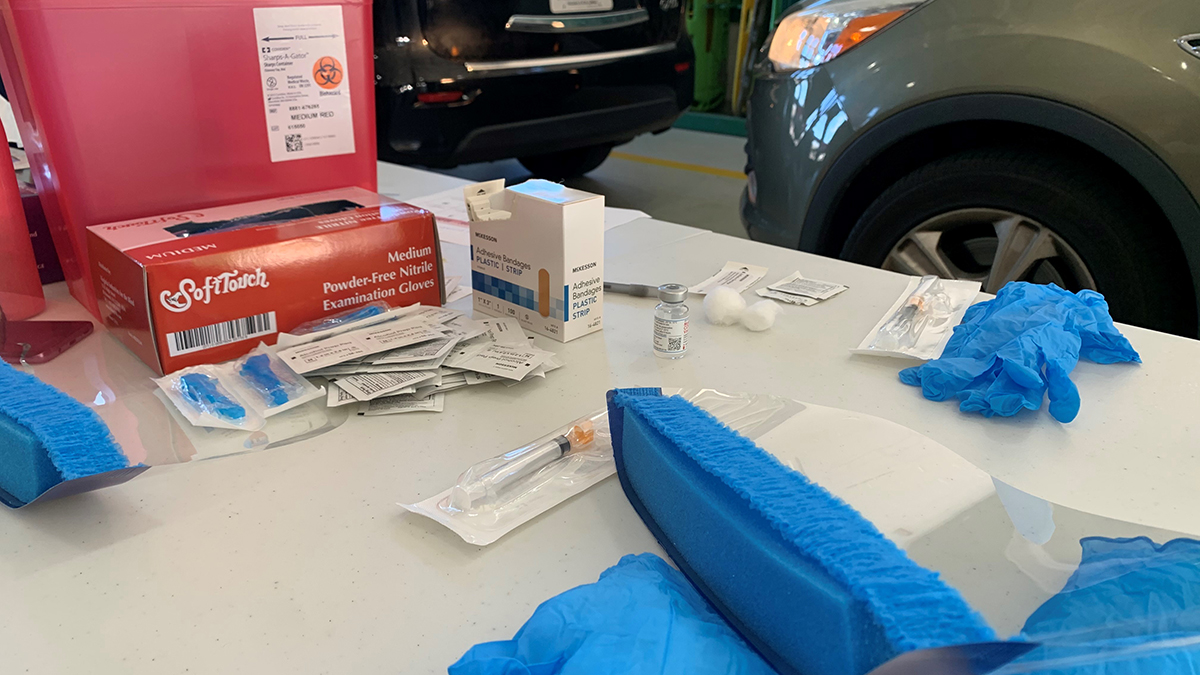
Just a few months into the pandemic in Virginia, Latinos were getting COVID-19 at five times the rate of white people. Black people were contracting the illness and dying at twice the rate of white people.
The rates have fluctuated since then, but data from the Centers for Disease Control and Prevention have shown that COVID-19 has hit some communities harder than others.
The CDC spent $2.25 billion to try to deal with this problem, giving grants to state health agencies and 58 localities across the country in 2021. But according to a report by Kaiser Health News, some state and local agencies have spent only a fraction of the money they received.
Virginia Beach received more than $3 million dollars from the federal government. It’s only spent about 8 percent of it.
City officials said the city is trying to build a system they hope will help people long after the funding has dried up. The delay also points to the difficulty of communicating with vulnerable populations in the community.
Building a new team to address health disparities takes time, according to Dr. Caitlin Pedati, Virginia Beach’s Health District Director.
“(Just) like anything else… building out a leadership team and a structure like that takes a little bit of time because you're building something new,” Pedati said.
Most of the money the city has spent so far went toward equipment and supplies, she said – things like computers and printed educational material.
They’re currently trying to hire community health workers, people who can help educate the public and support staff of accountants and grant managers. She said the team has 10 people so far.
As Pedati builds her team, she said she wants to make changes that will last after the funding dries up.
“We want to make sure that we're doing it in a really thoughtful and intentional way,” she said. “You know, as challenging as COVID has been – and it has been incredibly challenging – it's also created this really unique opportunity to design a structure that can really support our vulnerable communities.”
Pedati said outreach, which also takes time, is crucial because the city is not completely sure what kinds of health issues people in vulnerable communities are dealing with. Virginia Beach workers have attended more than 100 community events to connect with residents.
“We've also had… somebody start to lead a couple of focus groups… among our vulnerable populations,” she said, “Really trying to ask ‘what is it that people is top of mind for people's health and how can we help better support them?’”
“This is such a complex issue,” Dr. Cynthia Romero of Eastern Virginia Medical School said. “(We) as a society need to evaluate, assess and really look hard at how are we communicating… to all community members, especially those who have been traditionally marginalized.”
Romero said part of the problem is learning how different communities get their information – whether on the web, in print or person to person. But another issue she said is that vulnerable communities often distrust public health authorities.
“It's a reality,” she said. “And that is documented that the Black community in particular has been facing distrust, mistrust... between their community and the health care delivery system.”
Virginia Public Radio’s Michael Pope contributed to this report.




